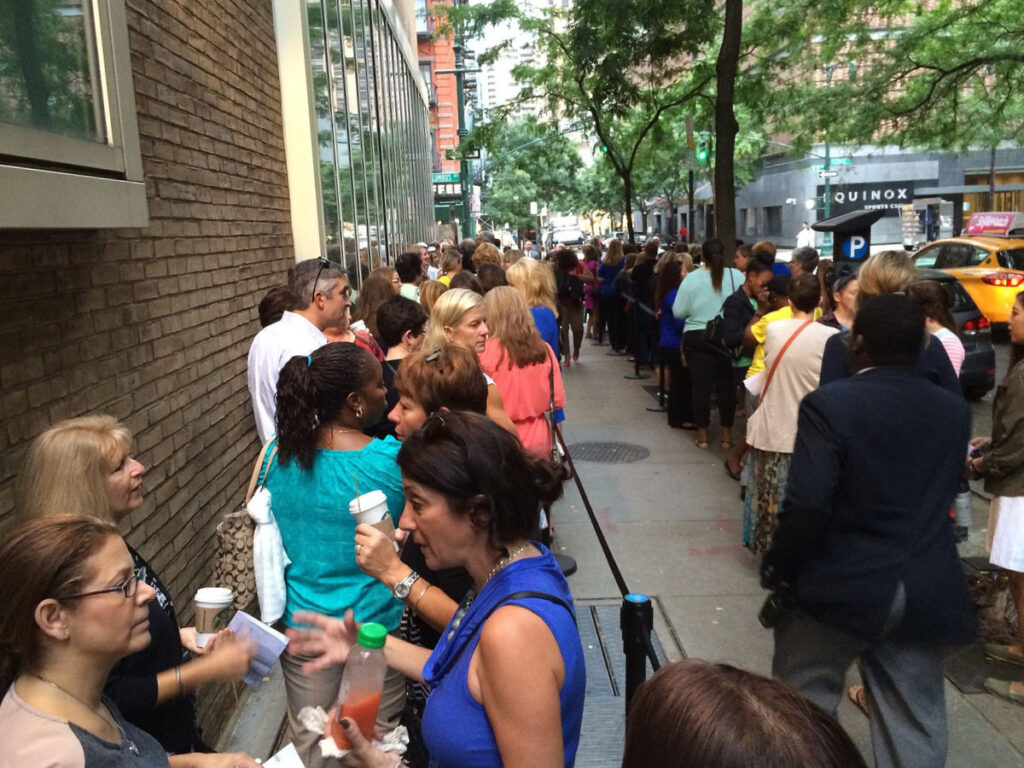Why Is It So Hard to See the Doctor?

Why Is It So Hard to See the Doctor?
A common complaint is the delay and difficulty getting an appointment with your physician, especially your primary care physician. You can wait a few minutes for coffee at the Starbucks, walk into a movie theater, and buy anything at any store without much of a wait. Why is it such a wait for the doctor? There are many reasons.
Doctors are cutting back. Over the last few years, I have reduced the number of patients I see in a day. A few years ago, I saw 23, and now it is nine. Fourteen openings in my schedule are no longer there. It’s simple to see why it’s difficult for patients to see me. If your favorite restaurant cut the number of tables in half, think what would happen. Doctors all over the country have been cutting back. In my group of sixteen primary care doctors, only four are full-time. It is partly because cutting back doesn’t hurt our take-home pay that much because we are fortunate to make enough money to be in a high tax bracket. If you are in the highest tax bracket, your last dollar is taxed at 50% or more in some states. That means you lose the money for only one when you cut two patients out of your schedule.
Doctors are also retiring earlier than before. As many doctors see it, the benefits diminish over time, like in any career, yet the demands have increased. The number of messages and calls doctors must address has risen significantly, about 500%, in the last five years at my clinic. Couple that with slow increases in pay, and there is less reason for a doctor to work into old age.
The demand for medical visits has increased. One of the reasons is that the cost of an actual office visit is inexpensive for most people with insurance. Virtually all yearly physicals are covered without a deductible, and most office visits have a reasonable copay. People can go to the doctor without much cost since the insurance premium has already been paid. Think what would happen if people could get a minor dent fixed as part of their car insurance. People would be more likely to go to the mechanic to get a ding fixed, making it harder to see the mechanic for other things. What can doctors do? Most primary care clinics like ours are not making money.
Why don’t we raise our prices? If lines are out the door at a donut shop, yet the shop is not making money, they will increase their prices, as Thomas Sowell says in his book Basic Economics. Some people will stop eating donuts or go elsewhere, and the lines will shorten, but the donut shop will still make more money than they did with the long lines. If a doctor or clinic accepts any government insurance, like Medicare, they are not allowed to raise prices, and the lines remain long. The government sets our prices lower than what medical clinics would charge otherwise, so we lose money, or at least we don’t make as much as we would otherwise. What would happen if the government set an iPhone price at $200? The lines would get long, or Apple would stop making iPhones. Same with fancy restaurants.
Government and private insurance pay the same in the United States regardless of the experience or skill of the doctor. We are not allowed to charge more than we do. My wife, a superb Ophthalmologist who has performed over fifteen thousand surgeries, cannot charge more than the surgeon right out of training. Whose lines are longer, hers or the new surgeon? It can take months to have my wife do your cataract surgery. You can see the new guy next week. If your favorite steakhouse had to charge Denny’s prices, they’d go out of business.
Other countries are often worse than the United States. The following is a direct quote on the Cancer Quality Council of Ontario website: “In 2018, 77% of women with an abnormal mammogram who needed tissue biopsy were diagnosed within seven weeks of their abnormal screen date. The 7-week diagnostic interval has remained a challenge and is short of the Canadian performance target of 90% or greater. However, Ontario ranks within the top 3 provinces in Canada on this indicator.” The target for a biopsy after an abnormal mammogram is that 90% of women get a biopsy in seven weeks. Seven days is about what my patients wait.
A free market, where the seller controls the prices, has its downsides, but lines would shorten. Recently, the price of beef went up. Even I, who could afford it, bought chicken and pork, and eventually, the price of beef settled down. If doctors’ prices increase, people might not go in for minor things, giving us more availability to see serious problems. The problem is more complicated than I have explained, but price controls and taxes are factors. Medical clinics are among the only businesses that cannot control their prices. If they want more money, they must see more patients, cutting into the time we spend with patients. Doctors are increasingly unlikely to add more patients to their busy schedules. Thus, we will continue to have long lines to see the doctor.

